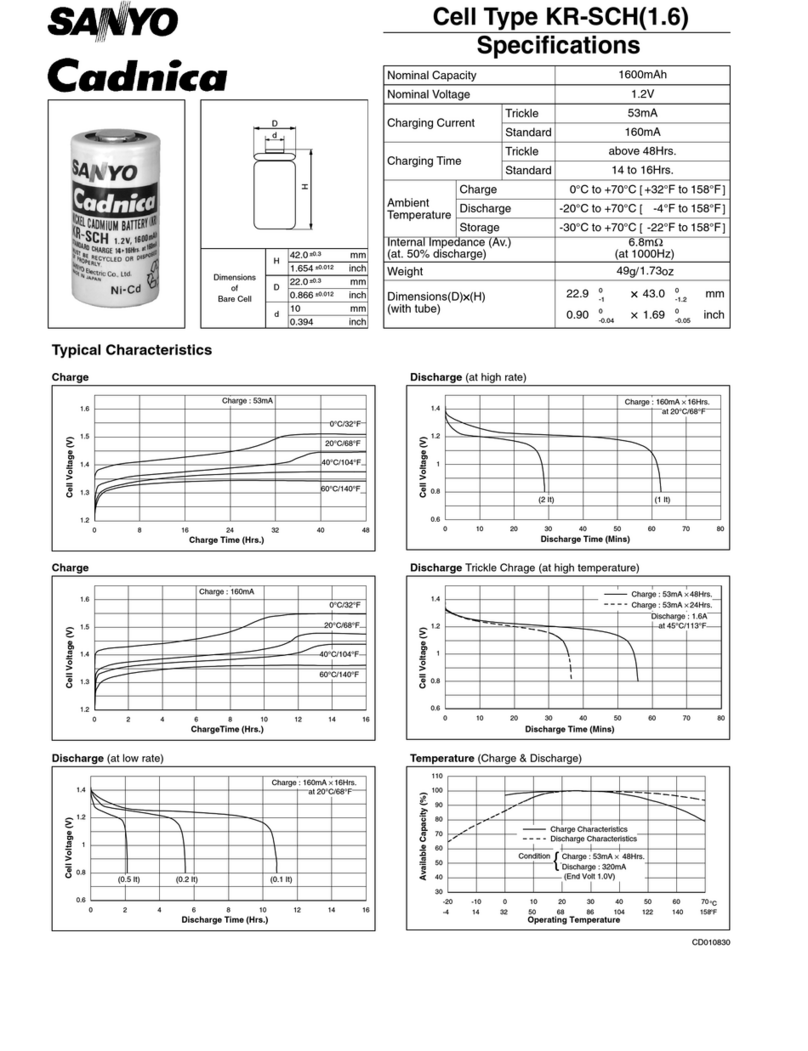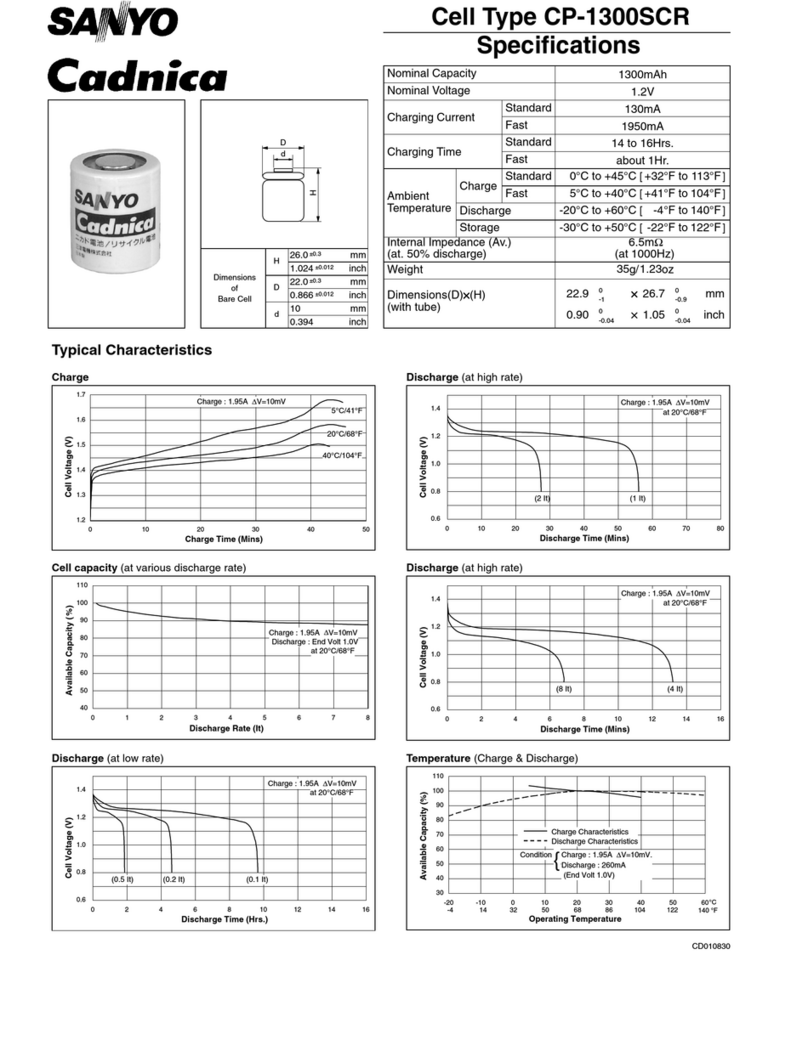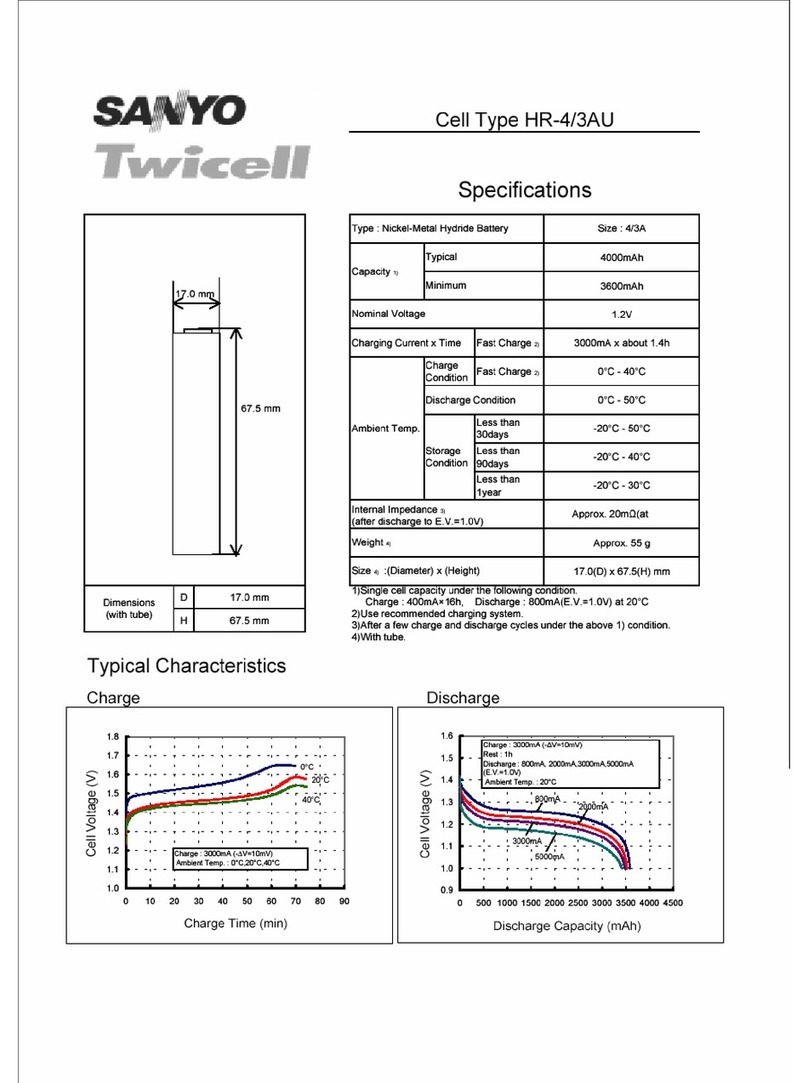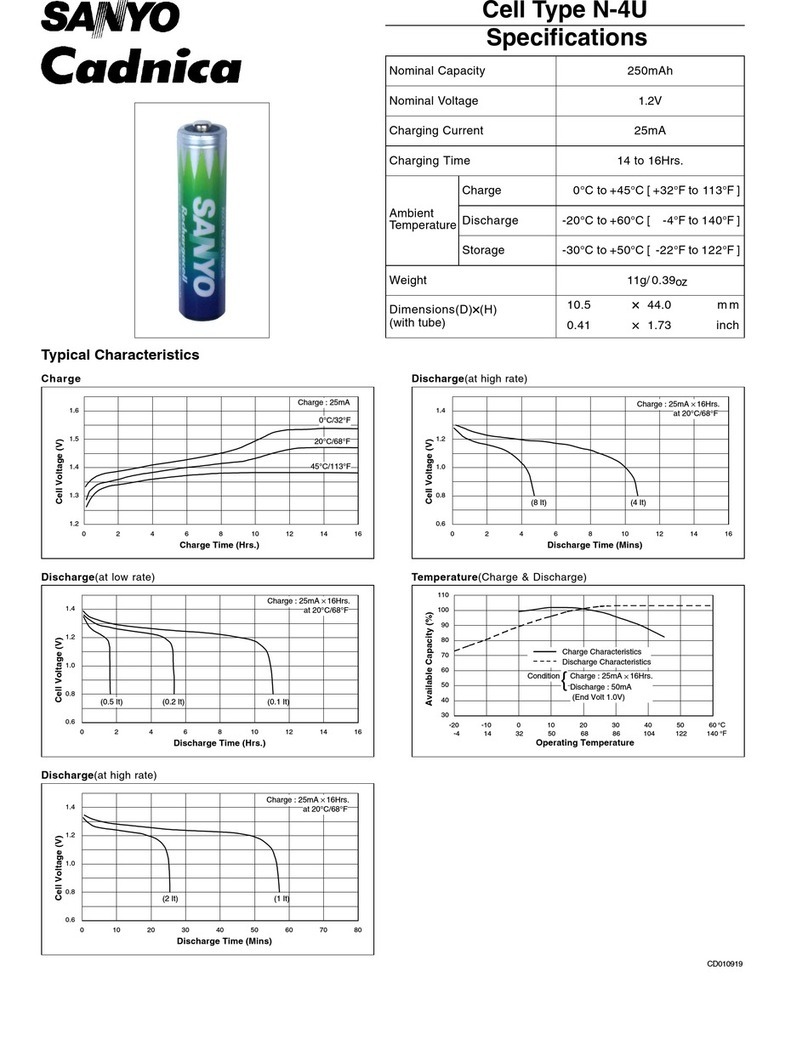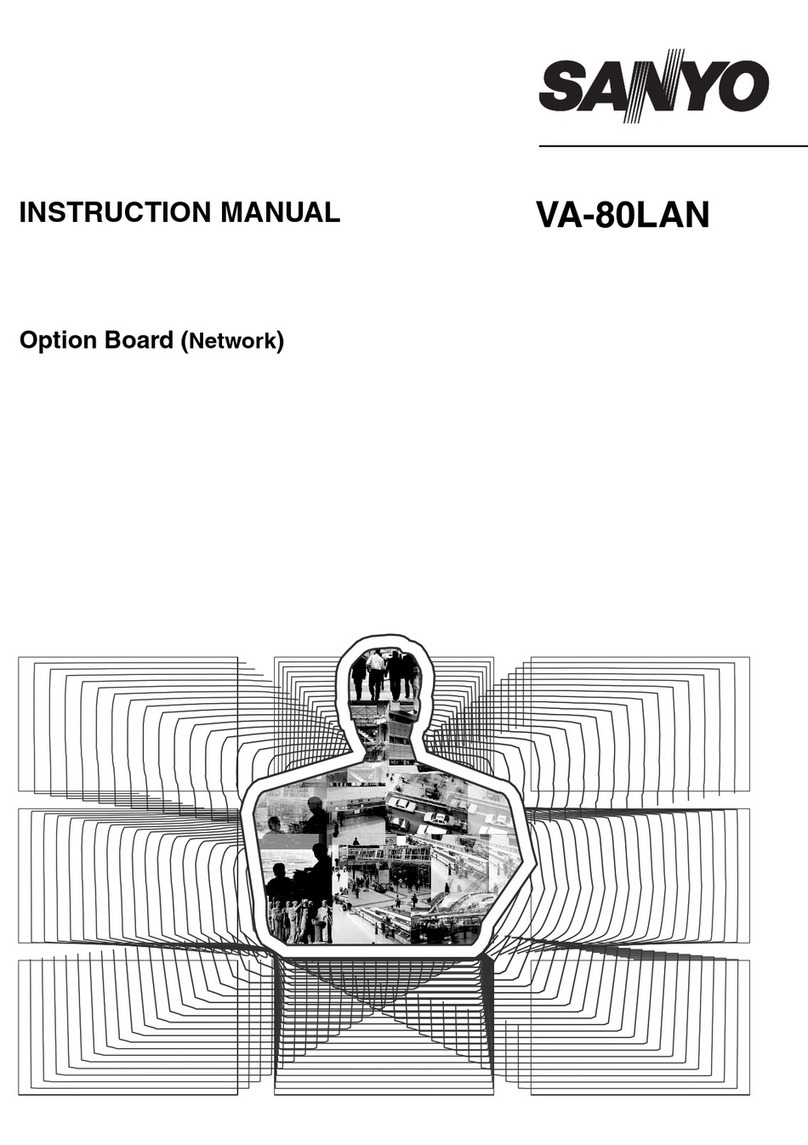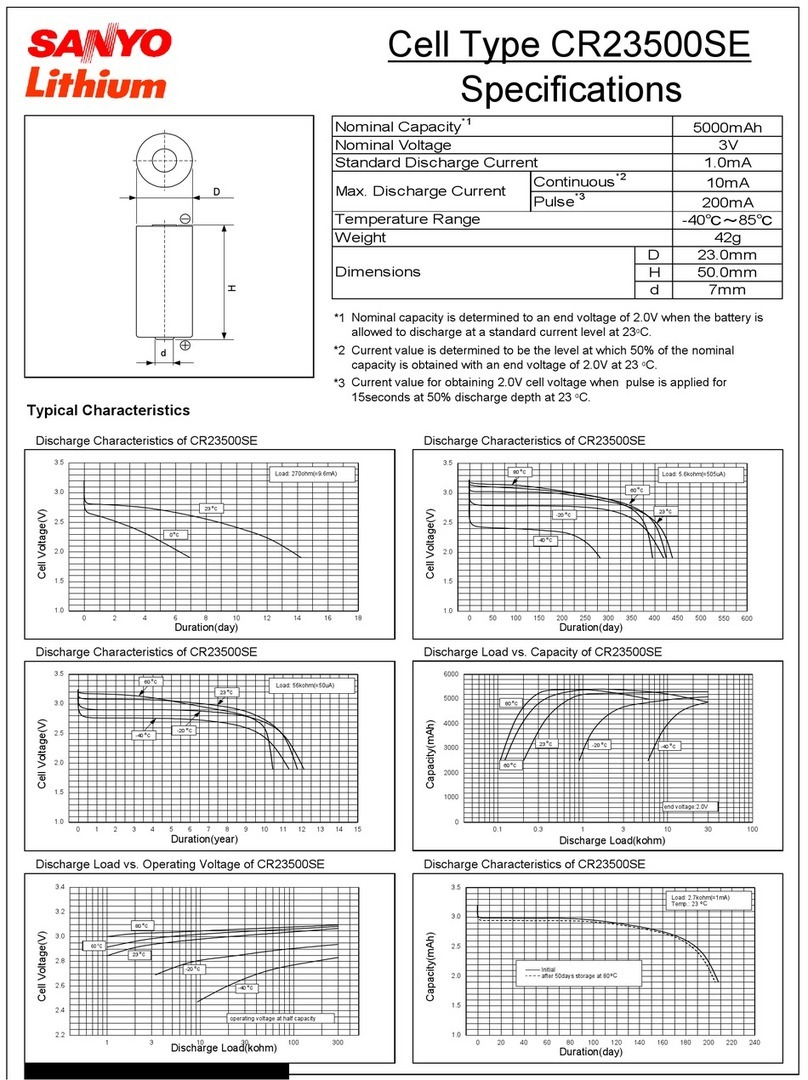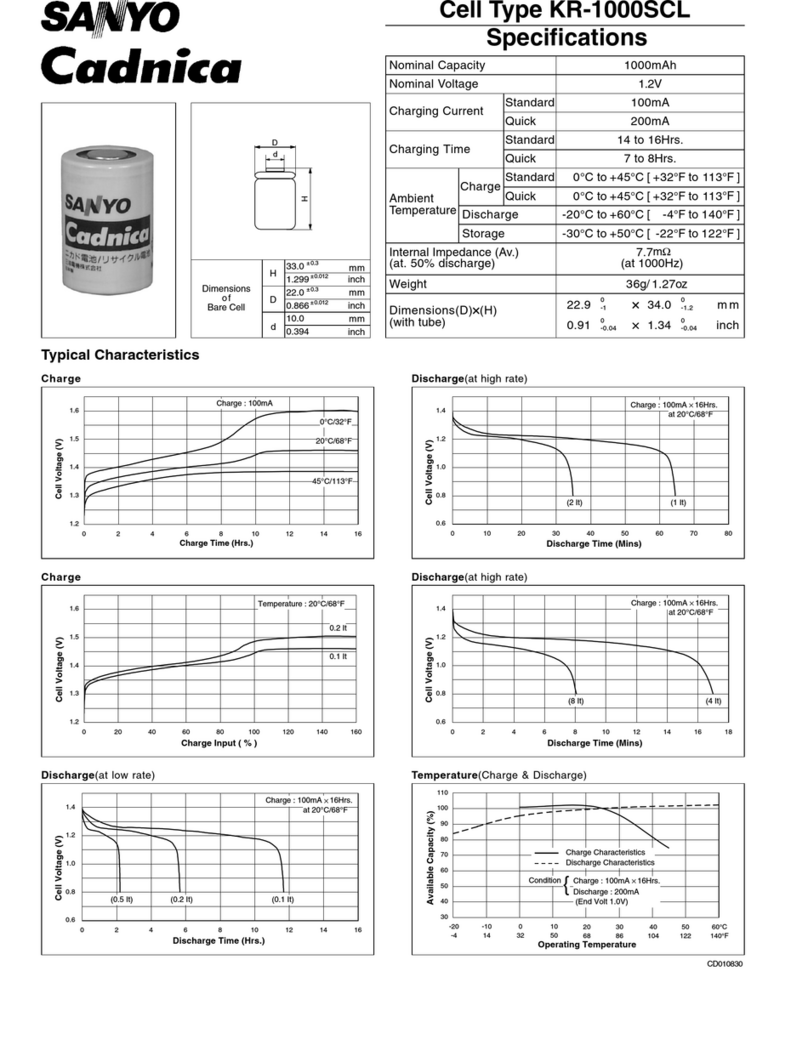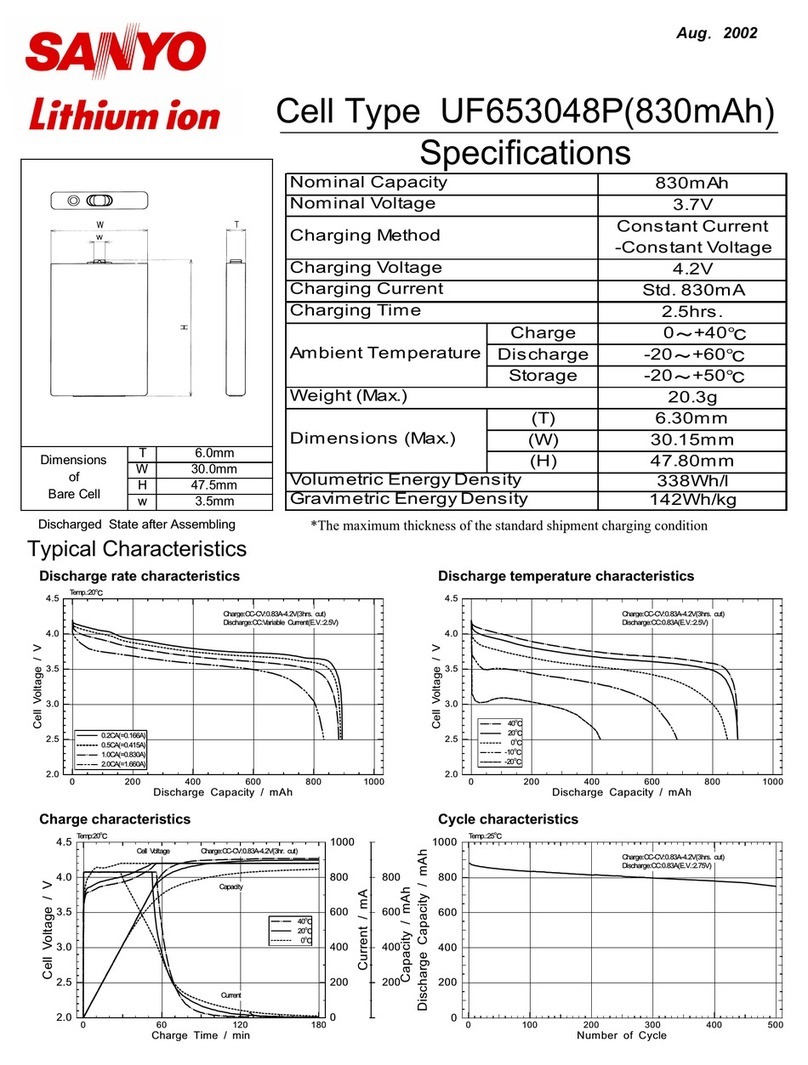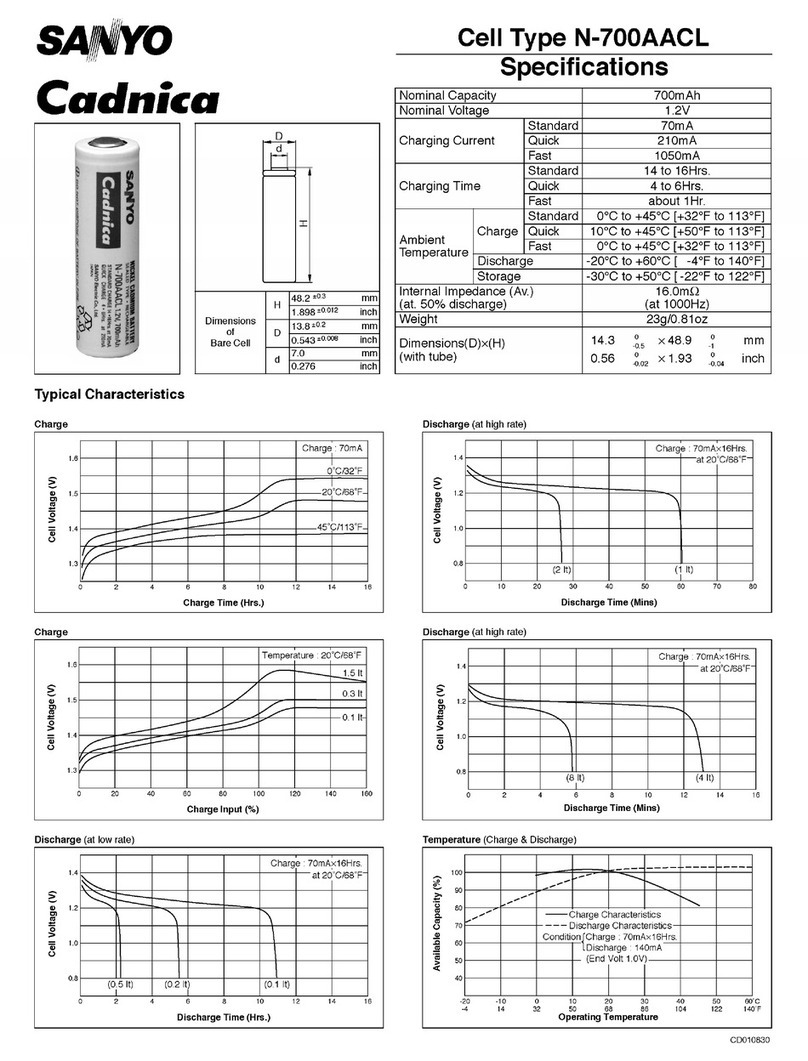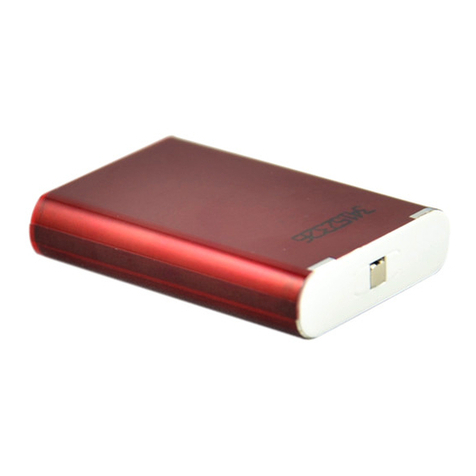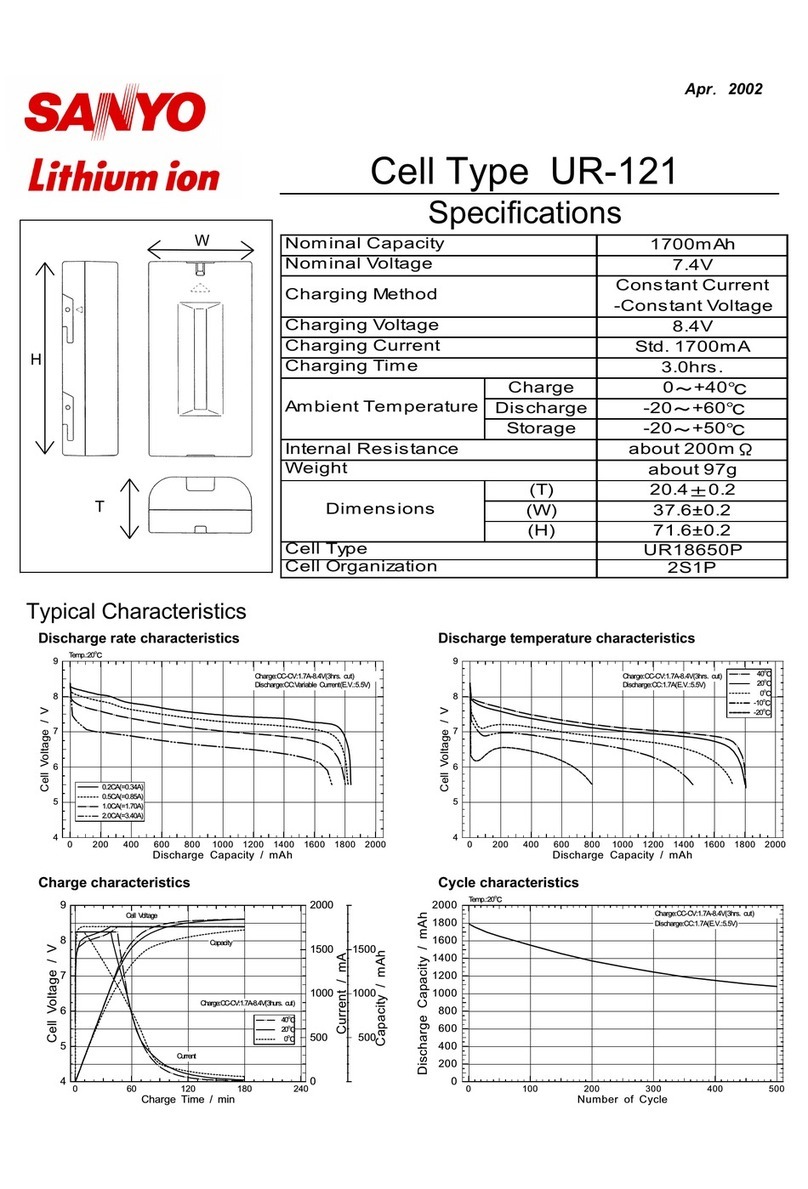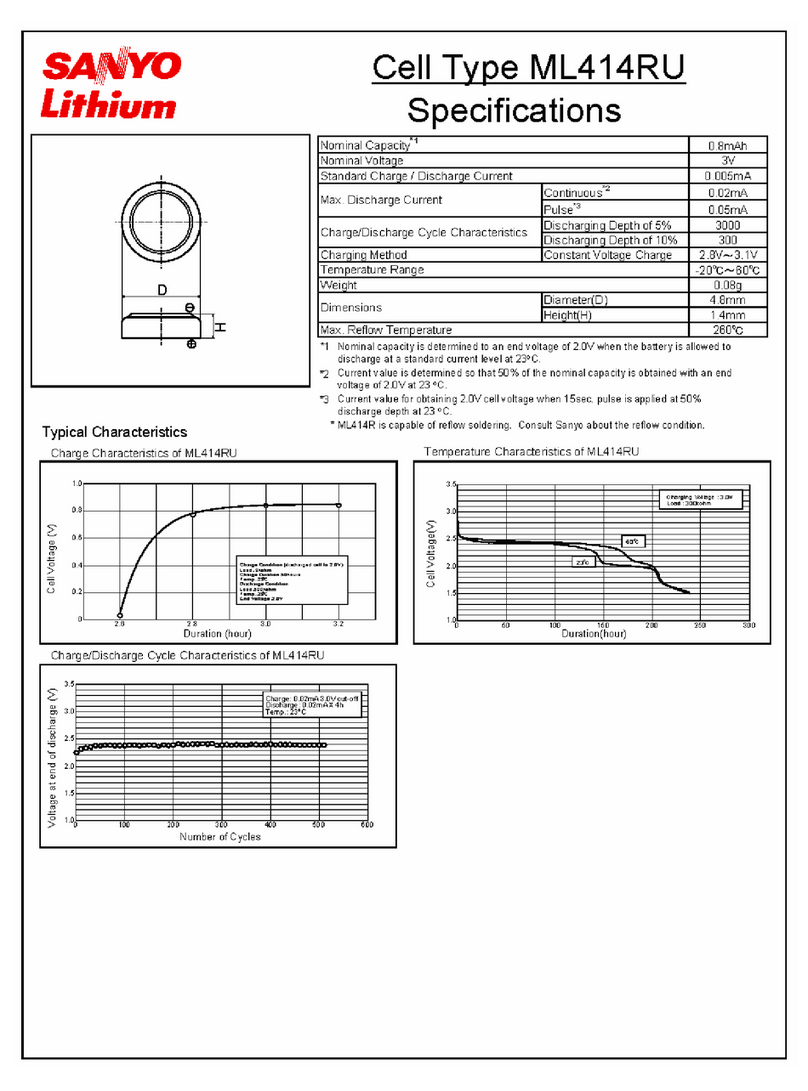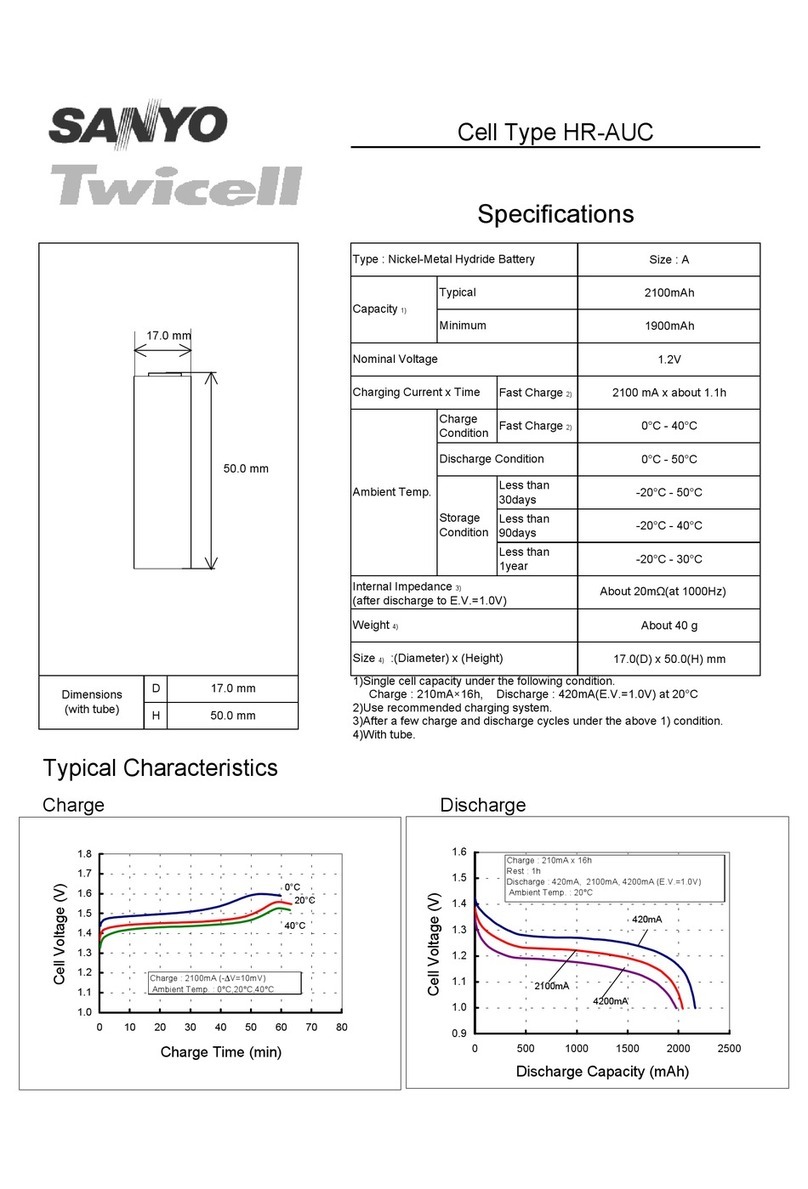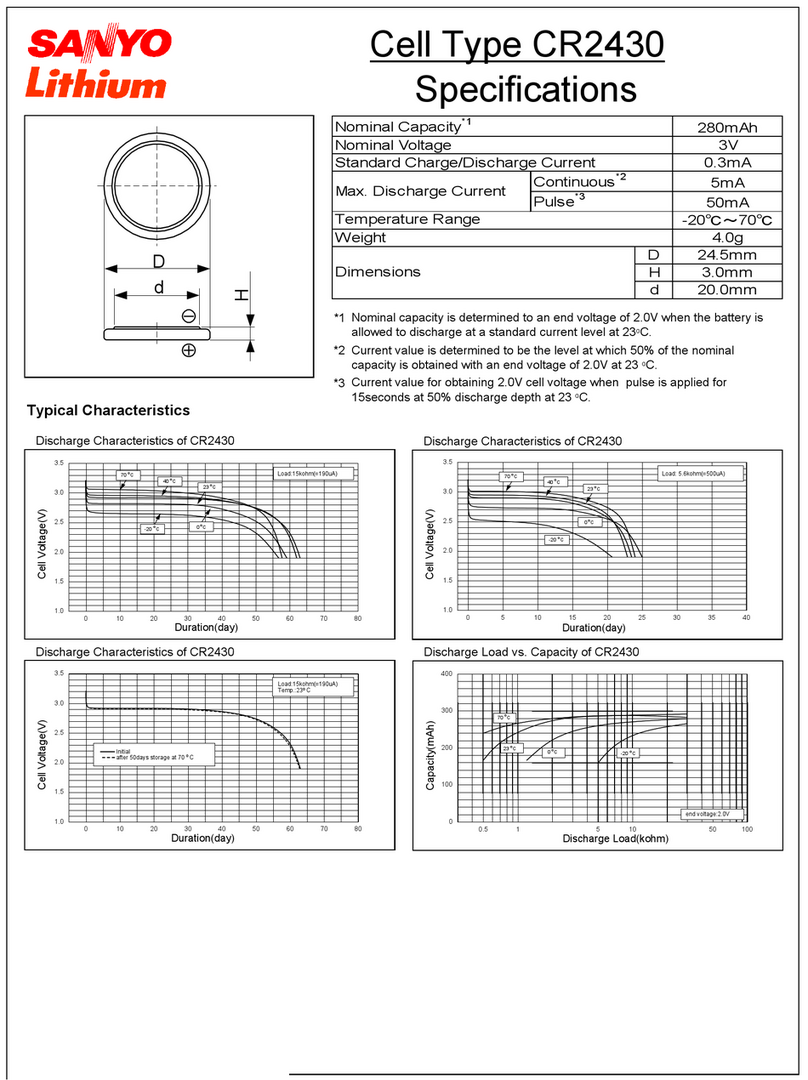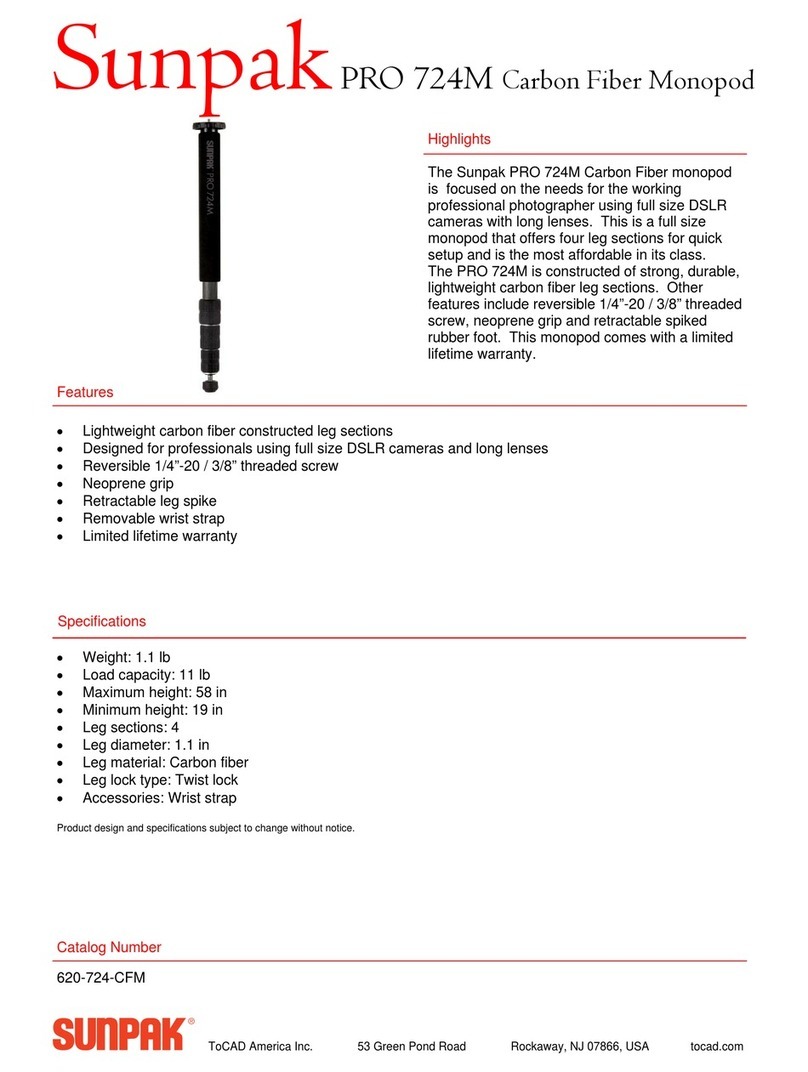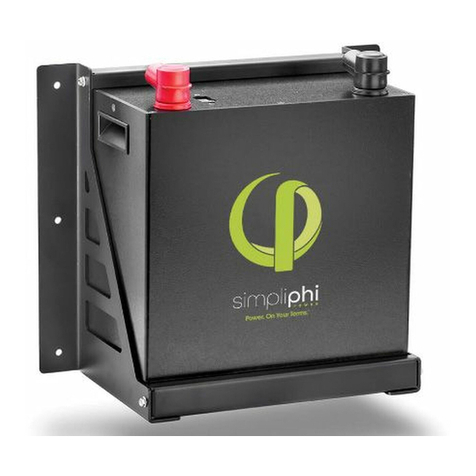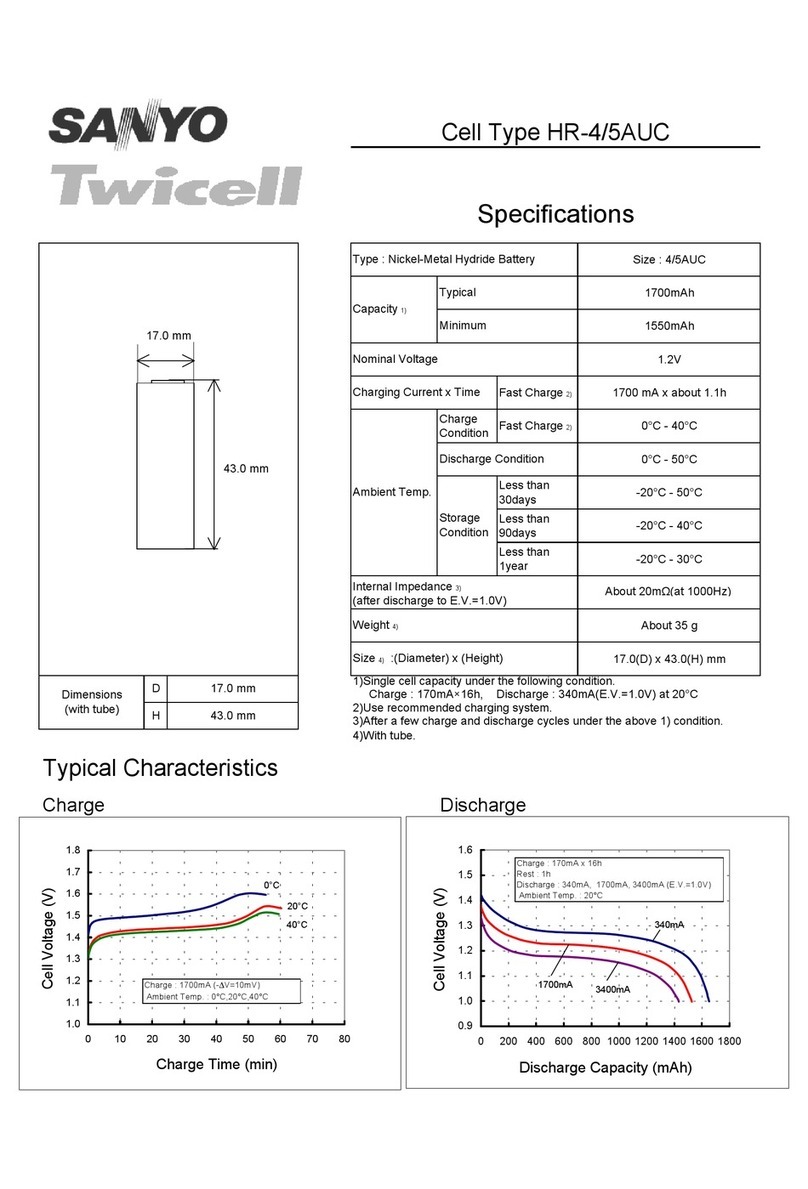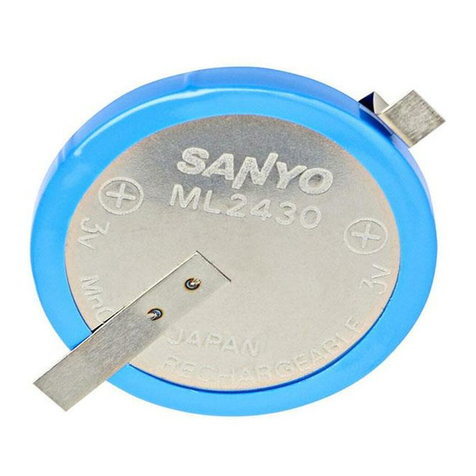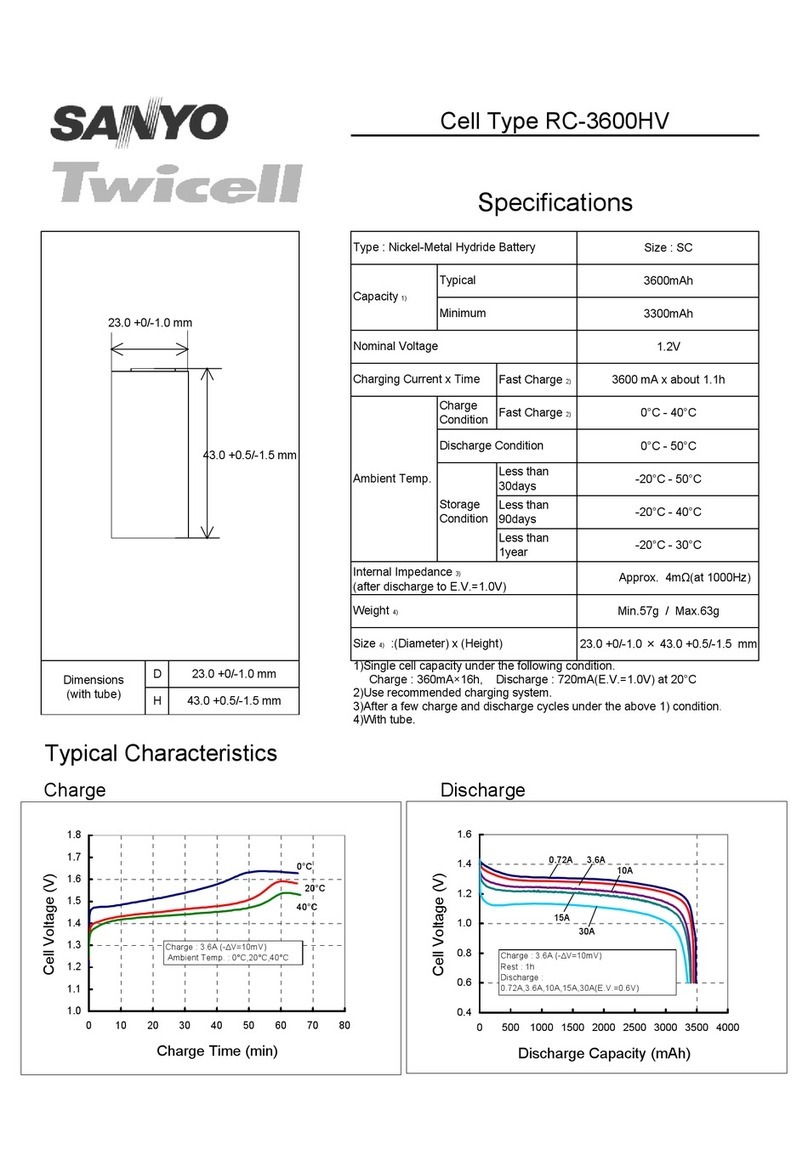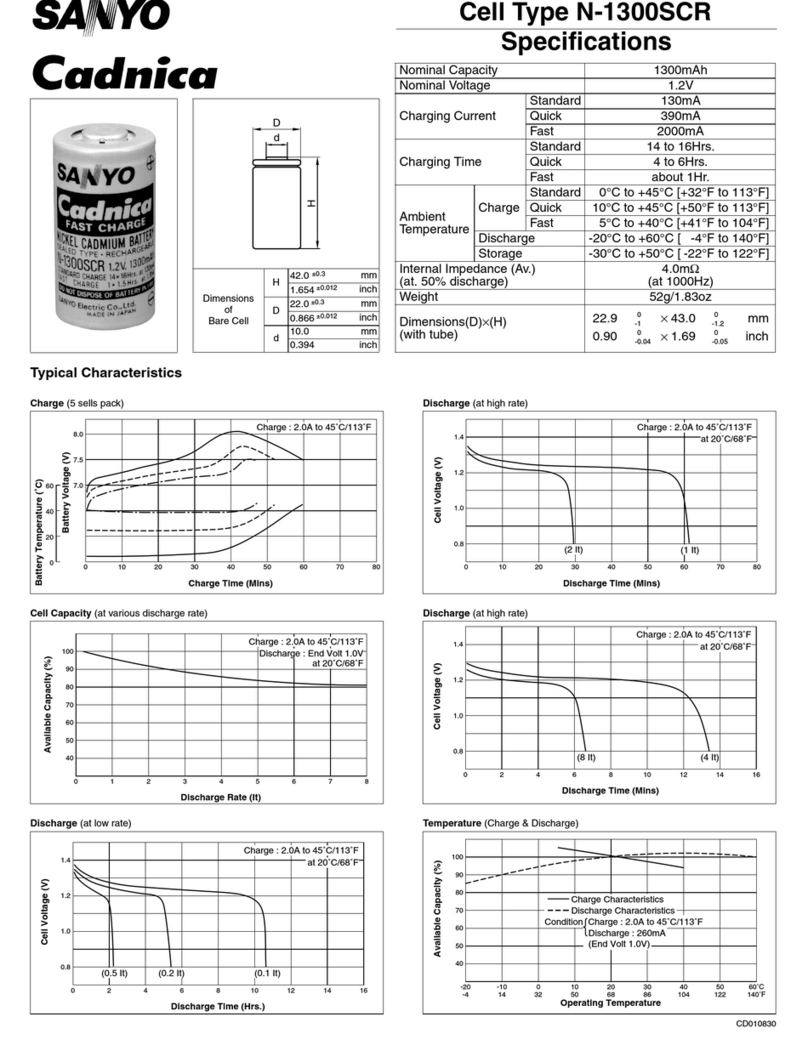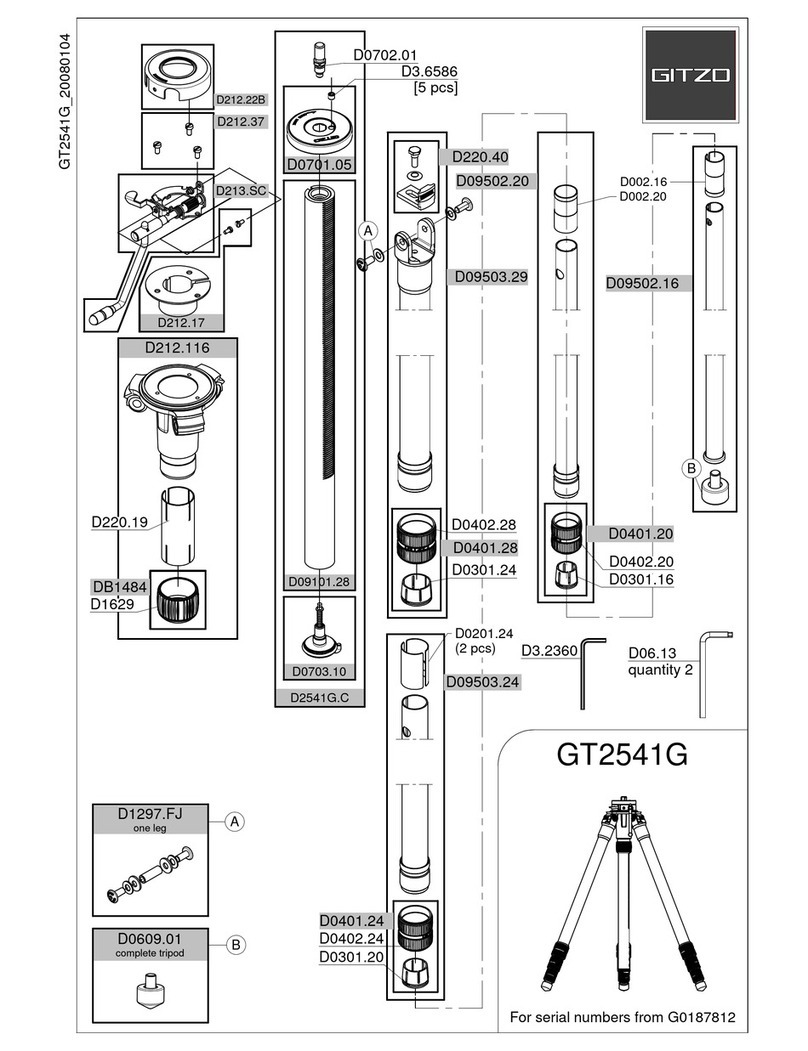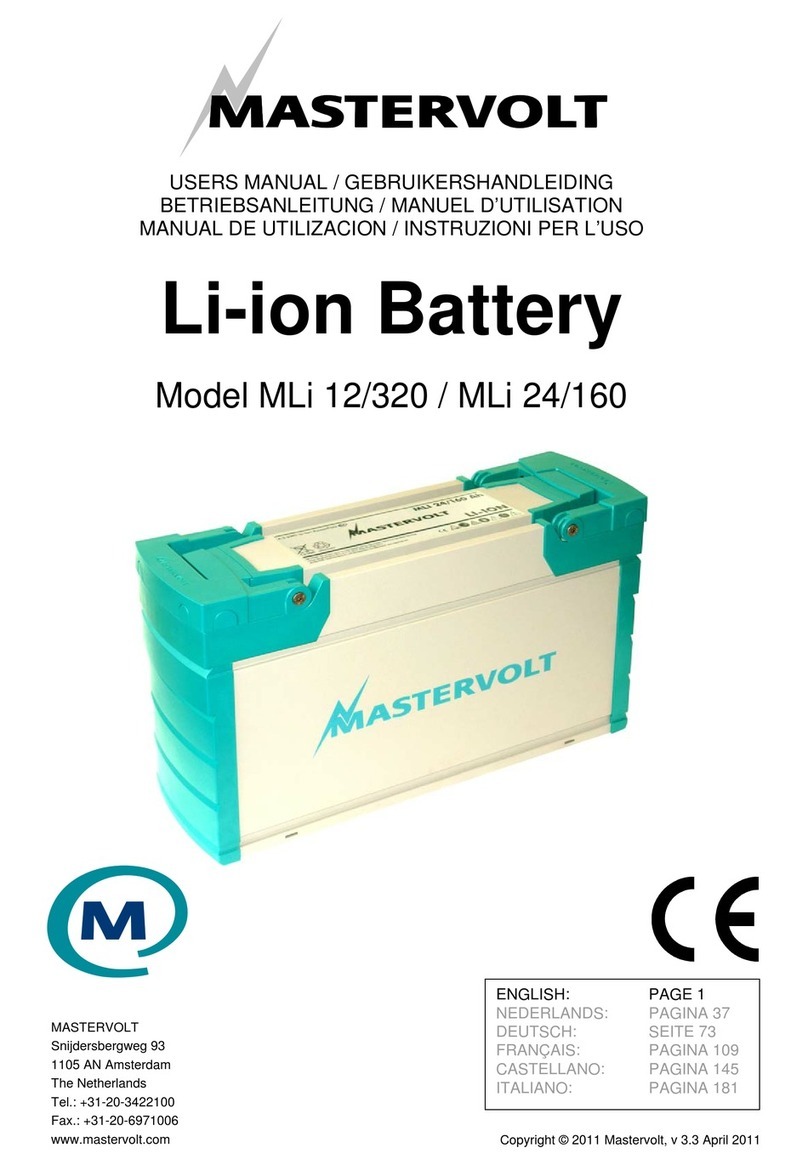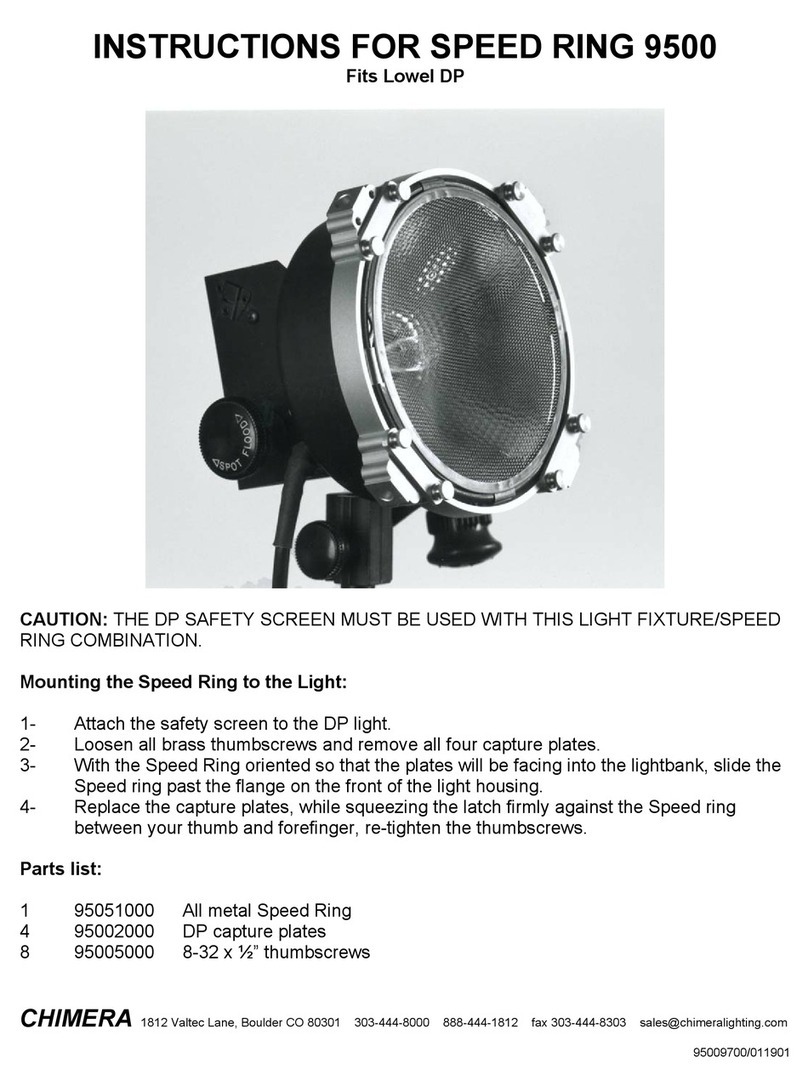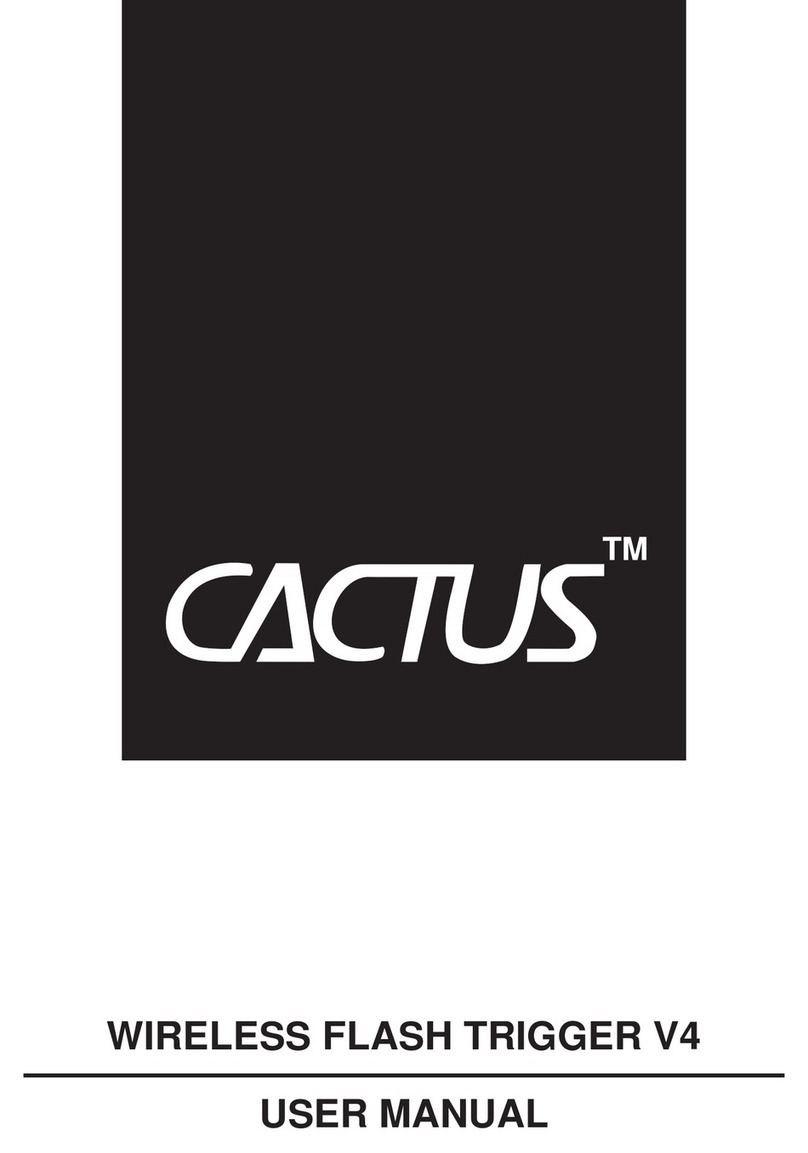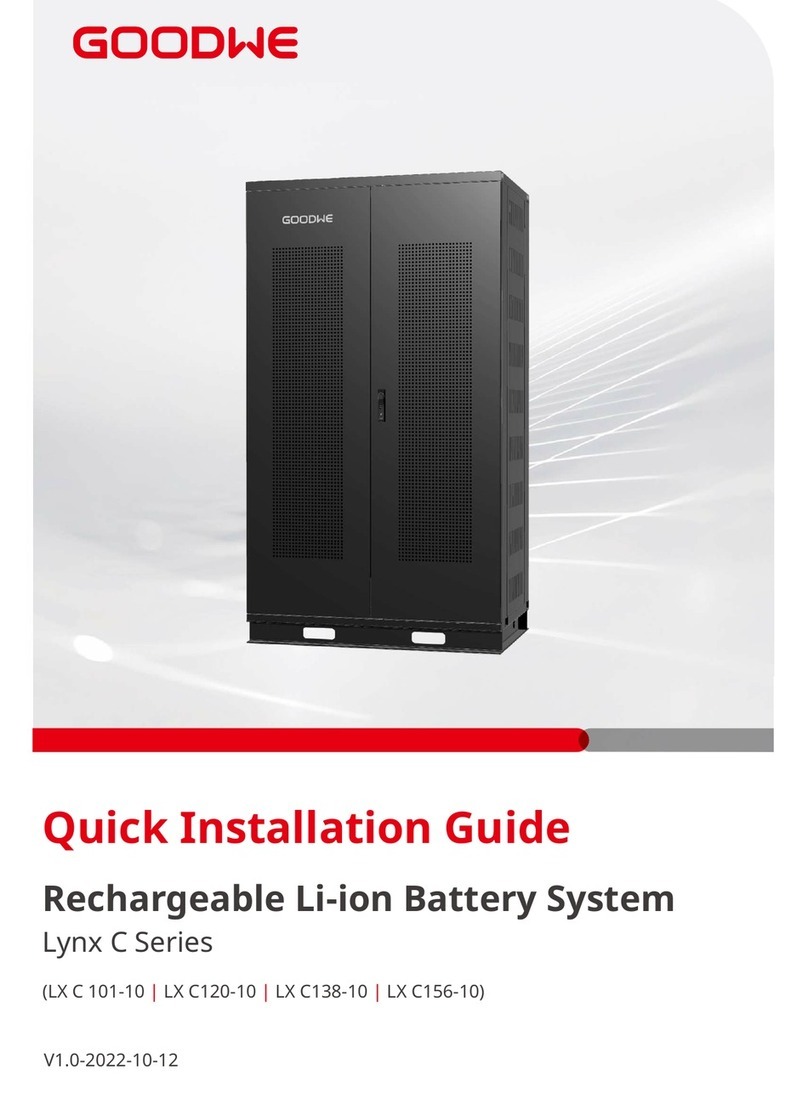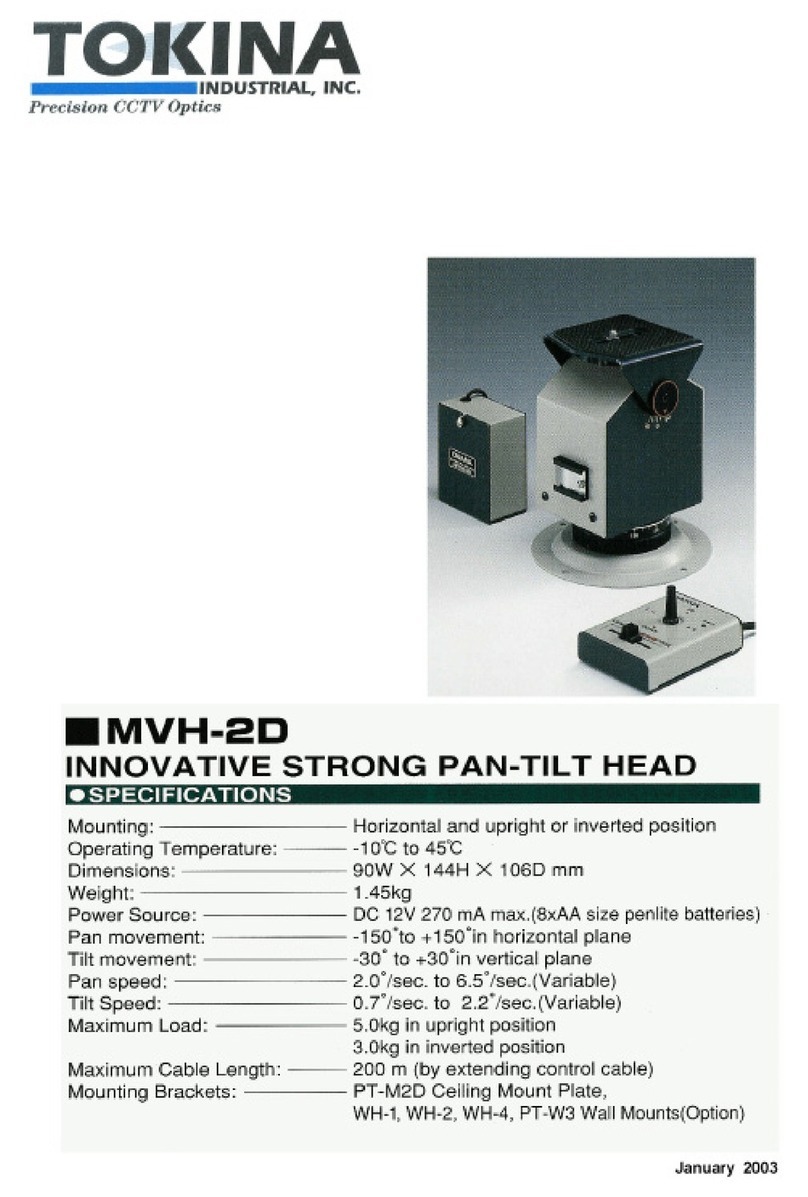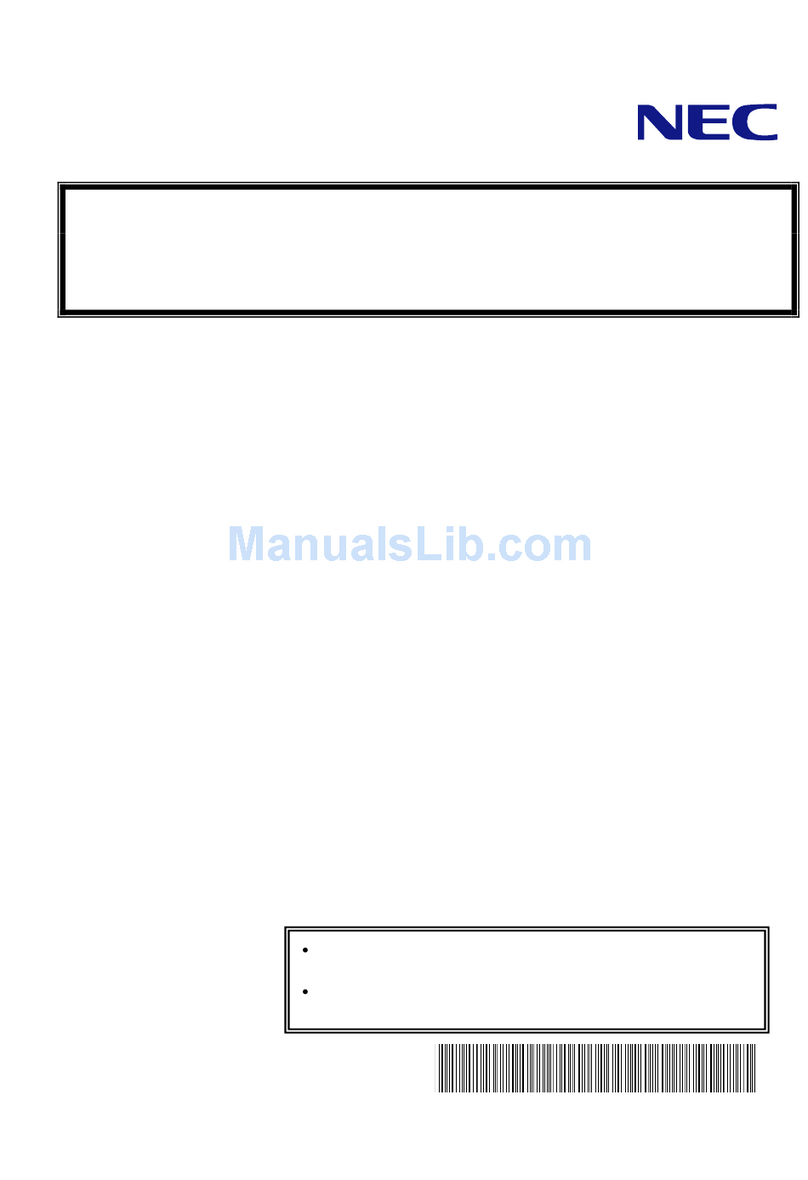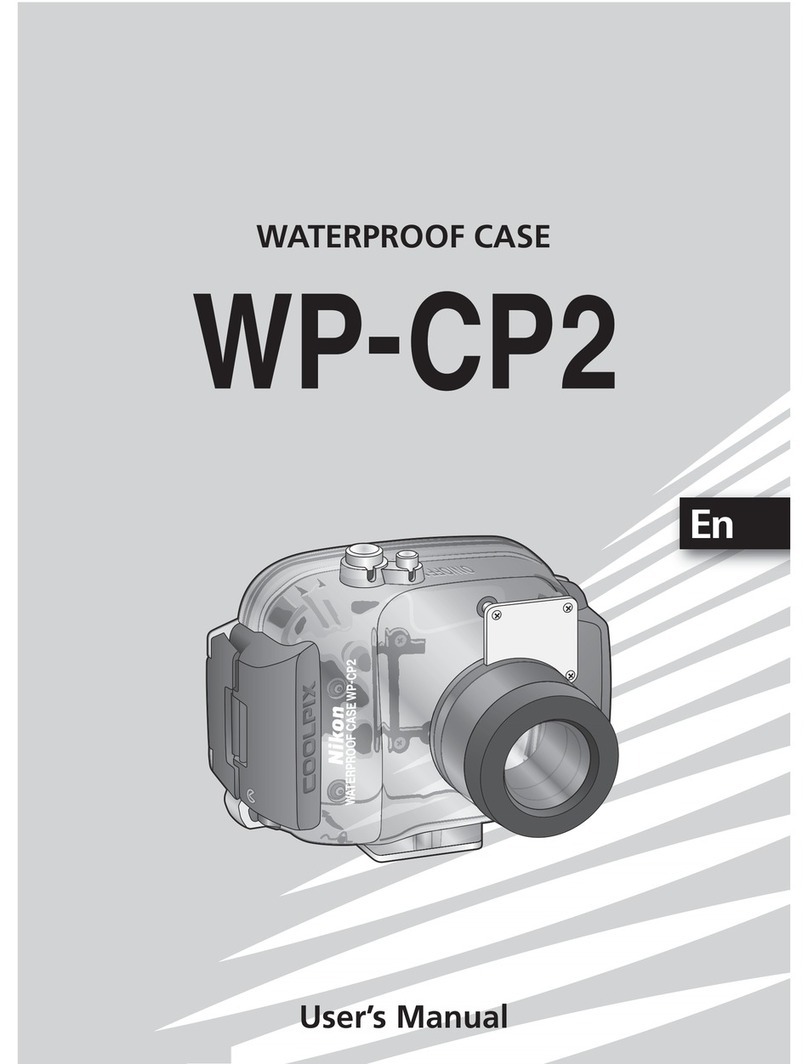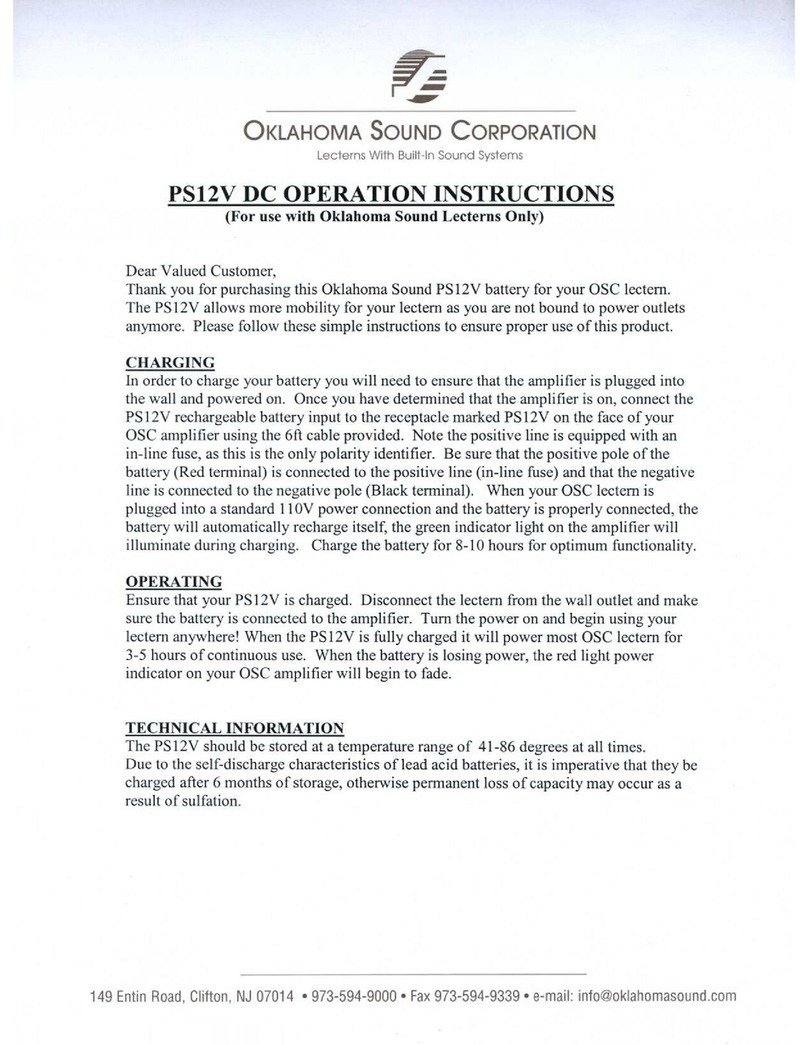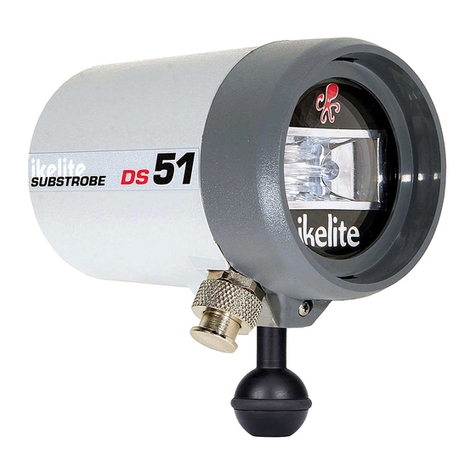〔Battery Handling Precautions for Your Own Safety〕
Lithium batteries contain combustible materials such as lithium metal and organic solvent. Improper handling can lead to
heat generation, bursting or fire. To prevent accidents, follow these precautions and refer to them when precautions
regarding lithium battery usage are described in instruction manuals for equipment you are using.
●Coin-type Primary and Rechargeable Lithium Batteries
WARNING!
1. Do not charge.
(Primary batteries, CR series).
When this battery is charged, gas is generated inside and raises
internal pressure, resulting in fire, heat generation, leakage or
bursting.
2. Do not heat, disassemble nor dispose of
in fire.
Doing so damages the insulation materials or the safety vent,
resulting in fire, heat generation, leakage or bursting.
3. Do not insert batteries with the +and --
polarities reversed.
Make sure the polarities are in the right position when inserting the
batteries into equipment. When using 3 or more batteries, the
equipment may operate even though one of the batteries is
improperly inserted. But this may cause leakage or bursting.
4. Do not short-circuit.
If the +and --- come into contact with metal objects, short circuiting
occurs resulting in heat generation or bursting. When carrying or
storing batteries, avoid direct contact with metal objects such as
bracelets or key chains by putting them in a separate bag.
5. Keep batteries out of children's reach.
If leaked liquid is ingested or a battery is swallowed, consult a
physician immediately.
6. In case of leakage or a strange smell,
keep away from fire to prevent ignition of
any leaked electrolyte.
7. Do not solder directly.
This can damage the insulation materials, resulting in fire, heat
generation, leakage or bursting.
8. Be sure to wrap each battery when
disposing or storing to avoid short sircuit.
Putting batteries together or in contact with metal objects causes
short circuiting, resulting in fire, heat generation or bursting.
9. Do not force-discharge.
When a battery is force-discharged by an external power source, the
voltage drops to 0 or less (reversal voltage) and gas is generated
inside the battery. This may cause fire, heat generation, leakage or
bursting.
10
. Do not charge with high current and high
voltage.
(Rechargeable batteries, ML, NBL series).
Doing so may generate gas inside the battery, resulting in swelling,
fire, heat generation or bursting.
CAUTION!
1. If leaked liquid gets in the eyes, wash
them with clean water and consult a
physician immediately.
2. Do not use new and used batteries
together. Do not use different types of
batteries together.
Doing so may cause heat generation, leakage or bursting.
3. Do not apply strong pressure to the
batteries nor handle roughly.
Doing so may cause heat generation, leakage or bursting.
4. Do not use nor leave the batteries in
direct sunlight nor in high-temperature
areas.
Doing so may cause heat generation, leakage or bursting.
5. Avoid contact with water.
Doing so may cause heat generation.
6. Make sure to insert batteries without
having the +and -- come in contact
with metal parts of equipment.
7. Read the equipment instruction manual
and precautions carefully before use.
Some usages or types of equipment do
not suit the specifications or performance
of these batteries.
8. Keep batteries away from direct sunlight,
high temperature and humidity.
Leaving batteries in such places may cause heat generation.
9. For proper disposal, follow local
government regulations.
1
















